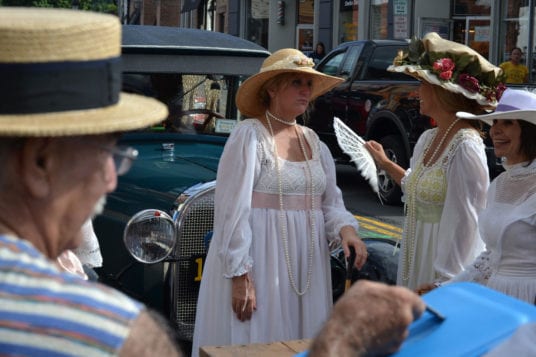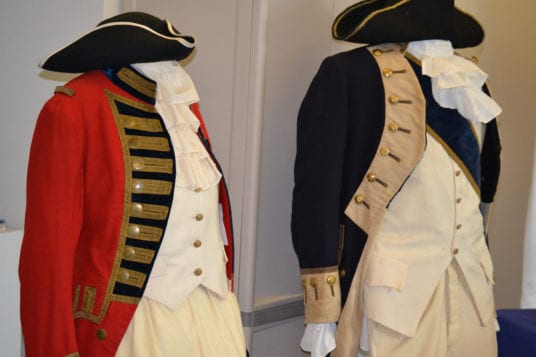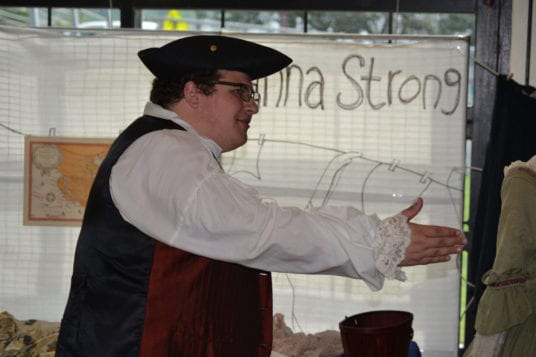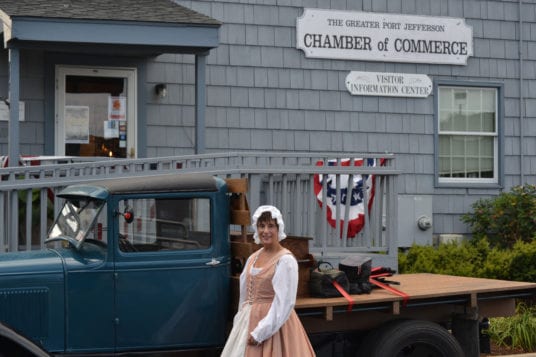Frustrating dropped calls, undelivered text messages and slow loading web pages may soon be a thing of the past on Long Island if one U.S. Senator has anything to say about it.
U.S. Sen. Chuck Schumer (D-NY) submitted a list to wireless carriers of more than 200 ‘dead zones’ for cellular service on Long Island Aug. 25. The list was accumulated by Long Island residents identifying areas where frequent lapses in service occur to Schumer’s website over the course of several months. North Country Road in Port Jefferson and Setauket, Main Street in Northport, Route 25 in Smithtown, Shore Road in Mount Sinai and Hawkins Avenue in Stony Brook were among the North Shore locations residents pegged for spotty service according to a press release from Schumer’s office.

“When it comes to cell service on Long Island, these dead zones are proof carriers need to —quite frankly— raise the bar,” Schumer said in a statement. “A heavily populated region like Long Island shouldn’t be home to over 200 dead zones. Just a stone’s throw away from New York City and home to several universities, thousands of businesses and more, Long Island’s cell phone coverage must remain uninterrupted. Now that Long Islanders have submitted critical dead zones locations to my office, our wireless carries must make sure they are fixed. I will share these locations to carriers and am urging them to come up with a solution that meets the needs of both Nassau and Suffolk residents.”
Spokespeople from wireless carriers T-Mobile and AT&T did not respond to requests for comment regarding Schumer’s list. Andrew Testa, a public relations manager for Verizon Wireless’ northeast market, deferred questions regarding the Senator’s list of dead zones to international nonprofit CTIA — The Wireless Association, who has represented the wireless communications industry since 1984. CTIA spokeswoman Amy Storey declined to comment on behalf of any of their members, which include Verizon Wireless, AT&T, T-Mobile and Sprint.
One company addressed Schumer’s concerns.
“Sprint is committed to making sure Sprint customers have a great experience on our network and we’re investing to improve our coverage and reliability on Long Island,” company spokeswoman Adrienne Norton said in an email Aug. 26. “We share Senator Schumer’s goal of better service for Sprint customers and look forward to working with him to enact legislation that will reduce barriers to network deployment.”
Norton added that more Sprint cell sites, or towers should be expected on Long Island in the next nine months, which should improve service.
Schumer said lapses in cellphone coverage could create dangerous situations if GPS technology fails, and could deter business owners from setting up shop or tourists from visiting Long Island if problems persist. He called on wireless companies to come up with solutions to alleviate the issues.












 Design a unique graphic for our readers to color in and enter to win a three-year subscription to the Times Beacon Record (a $99 value). Contest is open to ages 21 and older. Mail your entry to Times Beacon Record Newspapers, P.O. Box 707, Setauket, NY 11733 or email a high-resolution image to
Design a unique graphic for our readers to color in and enter to win a three-year subscription to the Times Beacon Record (a $99 value). Contest is open to ages 21 and older. Mail your entry to Times Beacon Record Newspapers, P.O. Box 707, Setauket, NY 11733 or email a high-resolution image to 






















